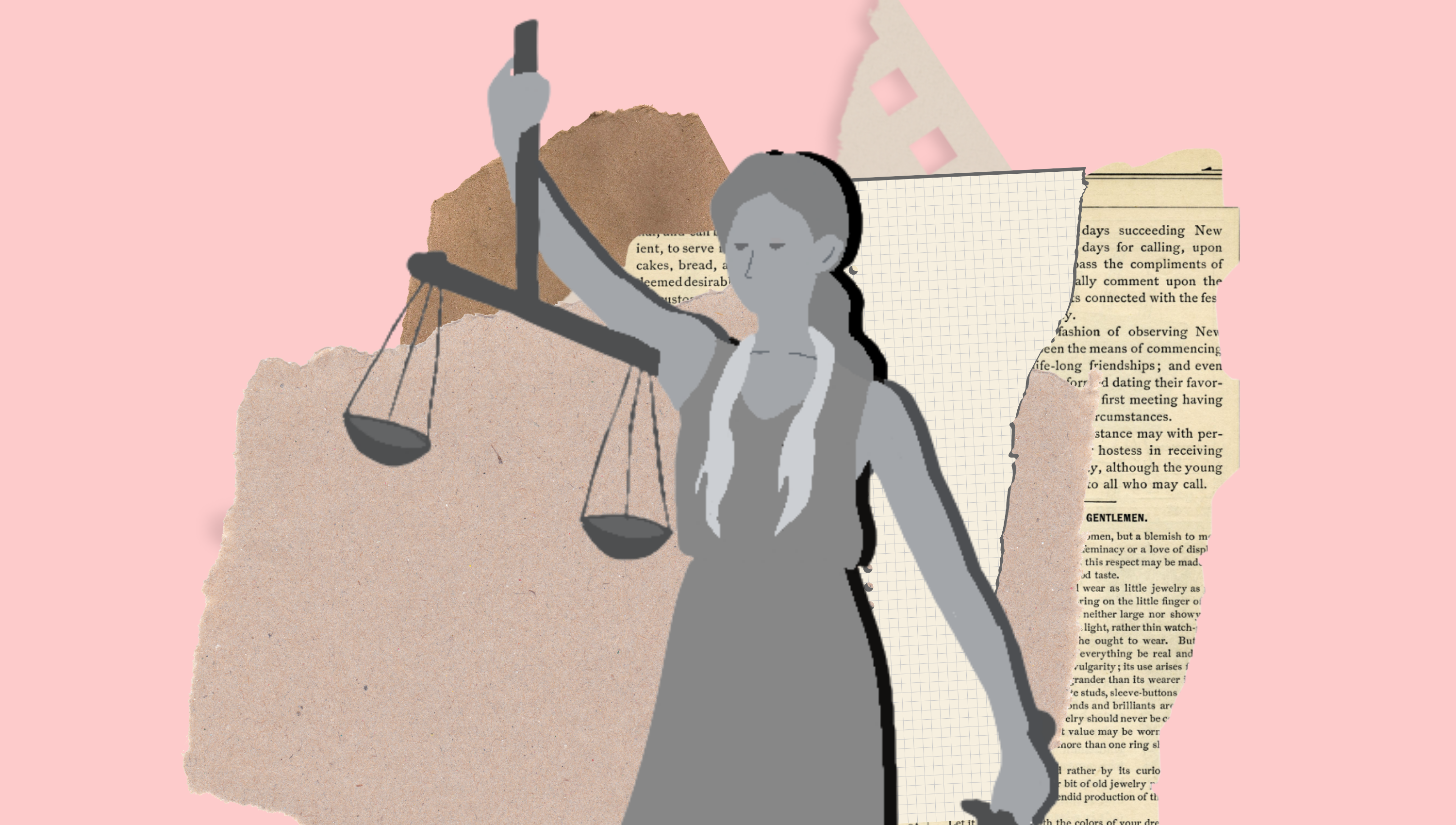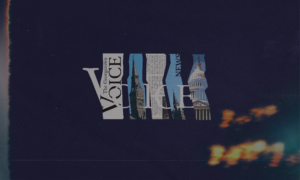Throughout my K-12 education, neutrality was a central principle for my educators.
In the classroom, neutrality typically means that teachers commit to not taking a stance on social and political issues. While students are usually free to share their political opinions, teachers act as neutral moderators. They practice impartiality during classroom political discussions by removing themselves from the conversation entirely, solely serving as timekeepers or source-checkers. Most debate seems to be framed within a larger curriculum, which is treated as more impartial and depersonalized.
Although teacher neutrality is often considered to be the best way to encourage students to engage in reflection and understanding, in reality, it denies the fundamental fact that education is inherently political. From the geopolitical context of schools to district funding disparities to the established common core standards, we cannot deny the influence politics has within our education system.
The political nature of education is why instead of promoting widespread neutrality, we should pursue an approach that is both engaging and equitable: multipartiality.
Multipartiality—developed as a facilitation technique—seeks to level power disparities between individuals by acknowledging the social identities and inequities present within a space. It asks participants to consider how their perspectives are influenced by their social identities, and how these identities influence group dynamics; this can look like facilitators naming who seems to feel most comfortable contributing to the conversation or what perspectives are missing from the space. It also creates room for facilitators to share their own identities and experiences, something that is often deemed inappropriate in schools.
Overall, multipartiality falls between impartiality and bias; it does not favor one opinion over another, nor does it completely remove the facilitator from the conversation.
The technique often includes facilitators explicitly recognizing a reliance on dominant narratives. A dominant narrative is “an explanation or story that is told in service of the dominant social group’s interests and ideologies.” Oftentimes, dominant narratives are perceived as objective truths, rather than perspectives. Examples of these narratives include the belief that hard work is the key to success, as well as the assumption of positive relationships with law enforcement in times of crisis.
In classroom discussions, the well-intended pursuit of neutrality can often lead to the sustainment of these harmful dominant narratives. When a teacher totally removes themselves from political conversations, they—often unknowingly—choose not to level power dynamics between students, which allows for dominant narratives to flourish at the expense of marginalized students.
In contrast, what are known as “counter narratives” arise when individuals from marginalized groups share their experiences. Highlighting the insights of those from marginalized groups—such as people of color, disabled, and LGBTQ+ people—can challenge cultural assumptions and add perspectives ignored by dominant narratives. Multipartial facilitators work to create room for counter narratives to increase understanding of how our identities shape our perspectives, and how these perspectives are legitimized by our culture. Not only does this create a secure environment for students who hold the counter narratives being discussed, it also allows students to achieve stronger critical consciousnesses.
Implementing multipartiality provides participants with a consideration of counter narratives, as well as a consideration of why these perspectives are so often suppressed. This question of “why?” provides insight as to the function of larger structures, including the education system itself.
As a matter of fact, prizing teacher neutrality becomes a political choice itself, in which dominant narratives are bound to prevail. Because schools function as sites of early socialization, classroom choices and behaviors ultimately influence the later-life political choices and understandings of students. When teachers do not acknowledge counter narratives, they uphold dominant narratives that are, in fact, political.
Taking this into account, we must ask ourselves: Can true neutrality exist under institutions that ultimately privilege dominant narratives?
Because accepting dominant narratives and minimizing counter narratives have political consequences, the answer appears to be no; this means we must find a way to bring multipartiality into the classroom.
The initial approach to multipartiality must be one of challenging the unconscious acceptance of the “banking system of education,” a philosophy of education articulated by Paulo Freire in 1968. The banking system establishes teachers as content experts that “deposit” information via course curricula and students as unquestioning receivers of that content. This system covertly encourages students to abandon their identities and experiences and to prioritize the presented information over their own tangible knowledge. In most classrooms, it is the standard method of instruction. Ultimately, it tells students to enter the classroom as blank slates.
But the reality is that no one is a blank slate. We cannot expect students—or educators, for that matter—to displace their personal experiences simply because they do not corroborate the state-approved educational curriculum.
Effectively, asking students and teachers to leave behind their own sociopolitical realities is both harmful and unproductive. Abandoning these contexts leads to what bell hooks calls the “mind/body split,” in which students and educators are taught to compartmentalize in order to enter the classroom with an “objective mind.”
But we cannot enter the classroom with just our intellect; to do so hinders engagement and limits the scope of education itself. Centering intellect implicitly tells students that their emotions and experiences are not as valuable—something that is especially problematic because the experiences of marginalized students can run counter to curricula.
For example, this conflict can occur in history classes, where students learn whitewashed perspectives of American history that inadequately describe the extent of the violence that Black and Indigenous people experienced during slavery and colonialism and devalue their pre-colonial cultures. Telling Black and Indigenous students to examine these historical accounts with solely their intellect invalidates not only their own ancestral and experiential knowledge, but also their presence in the classroom. To truly create space for these students in the classroom, we must welcome their perspectives using multipartiality.
In order to practice multipartiality, both students and educators must consider their own positionality and biases, and how they contribute to classroom discussions. Creating this awareness enhances critical thinking; it adds further perspectives and dimensions for students to consider, and it ultimately provides a stronger foundation for the mutual respect that neutrality often seeks to establish.
We must also remember that the responsibility does not solely lie with teachers. Administrators must also support teachers and their decision to conduct multipartial classrooms, even if this technique may seem radical and unfamiliar. In teacher training programs, future educators must be encouraged to learn about progressive pedagogy and to question the long-held norms within the education system.
We cannot abandon our humanity in pursuit of neutrality. In the classroom, we cannot expect total engagement without acknowledging the totality of humanity—this is true for both students and educators. As students, as educators, as people, we deserve to enter the classroom as our whole selves, and doing so is absolutely essential for an equitable and liberatory education.





